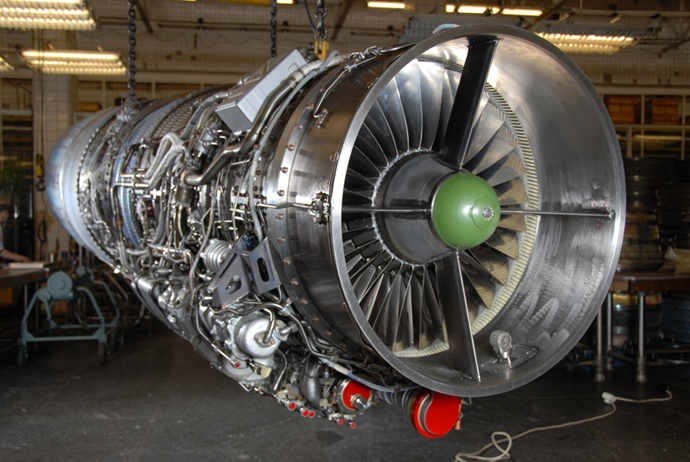SOURCE: RAUNAK KUNDE / NEWS BEAT / IDRW.ORG


In a significant advancement for India’s aerospace and defence capabilities, the Defence Research and Development Organisation (DRDO) has successfully developed and manufactured high-pressure turbine blades (HPTBs) for a small indigenous turbo-fan engine, marking a crucial step towards self-reliance in critical aero engine components.
Published in the Defence Science Journal (Vol. 73, No. 2, March 2023), the study titled “Realization of High Pressure Turbine Blades of a Small Turbo-Fan Engine through Investment Casting Process” details the intricate process behind the creation of aeronautical-grade HPTBs by scientists from DRDO’s Defence Metallurgical Research Laboratory (DMRL), Hyderabad, and Gas Turbine Research Establishment (GTRE), Bengaluru.
The high-pressure turbine section is one of the most critical components in a gas turbine engine, responsible for extracting energy from high-temperature, high-pressure gases. The development was targeted for a twin-spool small turbo-fan engine (STFE) intended for unmanned aerial vehicles (UAVs).
Each turbine comprises 50 solid, unshrouded blades made of Ni-base superalloys, designed to withstand extreme mechanical stress, corrosion, and temperatures above 1,000°C. These blades were developed using vacuum investment casting, a process typically used for high-performance aero-engine components.
Process Highlights: Advanced Techniques and Precision Manufacturing
? Design and Tooling
The blade features a twisted aerofoil geometry, with extremely tight tolerances (±0.13 mm on the aerofoil contour).
A wax pattern die was designed with hinge-type construction to prevent breakage and to account for anisotropic shrinkage during casting.
CAD modeling and injection simulation software like Moldex3D® were used to optimize the die design and wax flow characteristics.
? Shell Mould Fabrication
The ceramic shell was built layer-by-layer using zircon fillers and colloidal silica binders, followed by stuccoing with mullite grits.
Moulds were preheated to 1190°C and then used to cast the blades with molten metal at 1540°C under vacuum conditions (1×10?³ Torr).
? Casting Evaluation
Over 1,700 castings were produced with a final yield of 74%, considered excellent for aeronautical-grade components.
Non-destructive evaluation (visual, FPI, and radiography) ensured that only defect-free blades were accepted.
Material & Performance Validation
? Microstructure & Porosity
Microscopy confirmed fine-grained, equiaxed structures with ?–?? phases, ideal for high-temperature strength.
Porosity levels were kept within strict limits: <1% in the aerofoil region and <2% in root/platform areas.
? Mechanical Properties
Heat-treated test bars met and exceeded required specifications:
Tensile Strength @ RT: 830 MPa (Min. required: 800 MPa)
Stress Rupture Life: Up to 88.7 hours at 975°C/196 MPa
Hardness: ~363 VHN after aging
Strategic Impact: Strengthening Aero Engine Self-Reliance
This achievement showcases DRDO’s growing capabilities in aero engine component development, particularly in mastering the complex casting of nickel-based superalloys, a domain long dominated by a few foreign OEMs.
As India advances its indigenous fighter jet programs like the Tejas Mk2, TEDBF, and the upcoming AMCA, the capability to manufacture such critical hot-section components domestically is a strategic necessity.
This success in HPTB manufacturing not only supports UAV propulsion but also lays the groundwork for broader indigenization of jet engine technology, which has historically been a bottleneck in India’s aerospace ambitions.
NOTE: Article cannot be reproduced without written permission of idrw.org in any form even for YouTube Videos to avoid Copy right strikes. Websites doing illegal reproductions will get DMCA and Legal Notices.